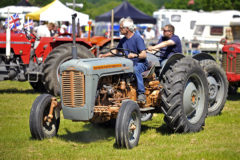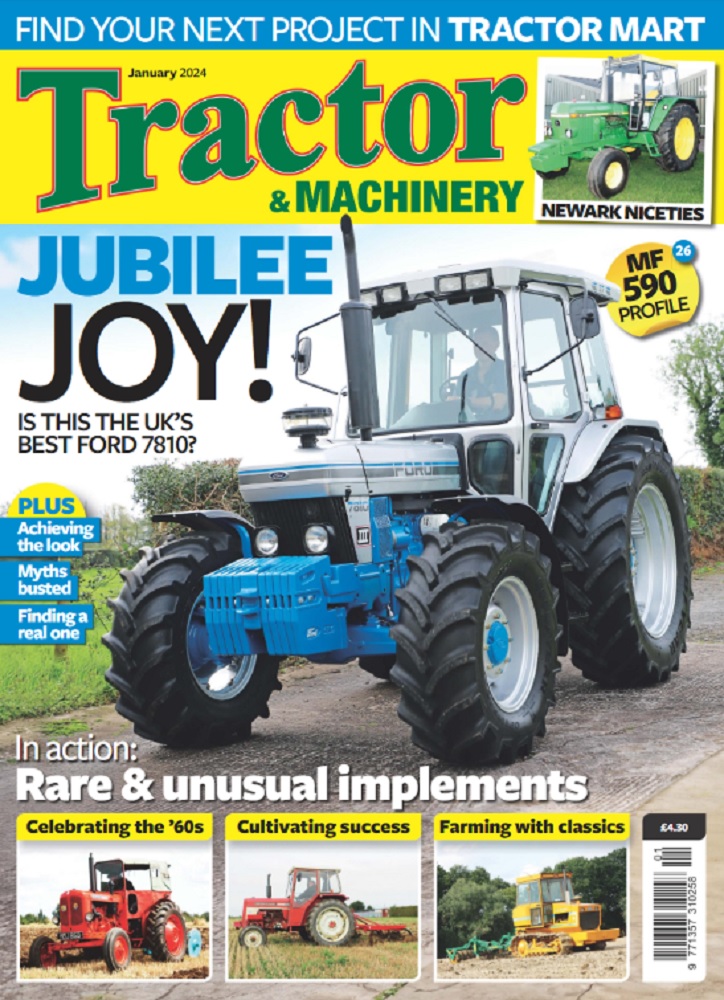Hobbs Farm Engines
Posted by Chris Graham on 1st August 2022
Andrew Symons provides some fascinating background on Hobbs Farm Engines, with the help of an article from The Implement and Machinery Review.

A cutting from The Implement and Machinery Review, dated September 1922, giving the prices for the three sizes of the Hobbs Farm Engine.
I recently discovered the following article about the Hobbs Farm Engine while browsing through a copy of The Implement and Machinery Review, dated September 1922, and thought that Stationary Engine readers might be interested in some information focussing on an engine that we seldom hear much about. The text reads as follows:
Frome Engineering Co’s ‘HOBBS’ ¾hp Farm Engine
When the purchase of a farm engine is under consideration, it often happens that not enough attention is paid to the exact purposes for which the unit is required, and occasionally economical working is rendered very difficult by this neglect. That there are any openings for the use of a small-powered prime mover seems to be over looked in many quarters, and that is why we welcome the successful efforts the Frome Engineering Co, Frome are making to popularise their ¾ hp ‘Hobbs’ farm engine. This is a type of British-made power unit that will enable innumerable minor farm and dairy tasks to be done in the most expeditious manner, and yet at very low cost. The capital outlay is no more than £18 and the engine is dispatched carriage-paid and with the packing free, and it runs with great economy on fuel, whether the latter be petrol, oil or gas.

The smallest Hobbs Farm Engine was rated at just ¾hp.
Some indication of the high-grade quality of the engine is revealed by study of the design. The crank shaft has ball bearings while the cylinder bed and jacket are cast en-bloc, giving full support the whole length. The valves are mechanically operated, and the hopper has a capacity sufficient for log runs. Balanced flywheels are fitted, ignition is by magneto and the governing is of the throttle type. Silent running is maintained at 500 revs, at which slow-speed the engine delivers its rated power. This small is in quite good demand, but it will be in greater request when its full potentialities are appreciated. Already it is freely used in connection with pump installations, for it can deliver from 400 to 600 gallons of water to a head of 100ft.

The middle-sized model was rated at 1 ½ hp. (Pic: Patrick Knight)
There are two other models of the ‘Hobbs’ engine, a ½hp with a speed of 474 revs per minute and priced at £25, and a 3¼ p with a speed of 500 revs, that is offered at £40.
Brief history
The Hobbs Motor Company Ltd of Frome, Somerset, was established in c1910/11, building small, side-shaft-type engines in sizes ¼ to 2hp in Gas, oil and petrol forms. In 1920 an agency was set up whereby Hobbs engines were manufactured by the firm ReCo; these were marketed as the ReCo-Hobbs engine. At some point in time shortly after that, the company name changed to Hobbs Engineering and then to the Frome Engineering Company, when the Hobbs Farm Engine was introduced. Later, in 1928, the Frome Engineering Co merged with the Crawley Agrimotor Company with the firm Teles-Smith taking over engine production, which was primarily dragsaws. The engine underwent various up-dates over the ensuing years which included a change of magneto, fitting a carburettor very similar in design to that found on the Lister D type engine and, in c1938, solid flywheels were fitted. It was round about that period that the chainsaw was making an appearance and, shortly after, the production of dragsaws ended.

Top of the range was the 3¼hp model; this example was seen being exhibited at the Longleat rally in 1979. (Pic: Patrick Knight.)
This article is taken from the latest issue of Stationary Engine, and you can get a money-saving subscription to the magazine simply by clicking HERE





